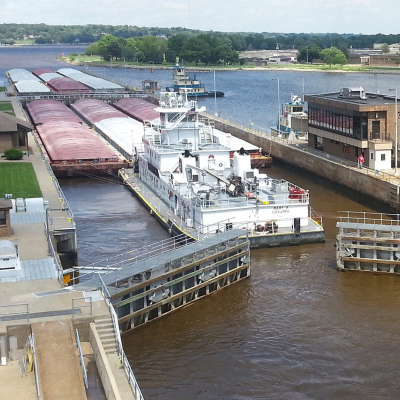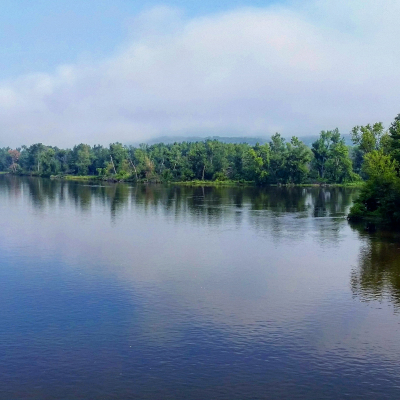The Upper Mississippi River (UMR) has been developed and subsequently managed for commercial navigation by the U.S. Army Corps of Engineers (USACE). The navigation pools created by a series of lock and dams initially provided a complex of aquatic habitats that supported a variety of fish and wildlife. However, biological productivity declined as the pools aged. The River Resources Forum, an advisory body to the St. Paul District of the USACE, established a multiagency Water Level Management Task Force (WLMTF) to evaluate the potential of water level management to improve ecological function and restore the distribution and abundance of fish and wildlife habitat. The WLMTF identified several water level management options and concluded that summer growing season drawdowns at the pool scale offered the greatest potential to provide habitat benefits over a large area. Here we summarize the process followed to plan and implement pool-wide drawdowns on the UMR, including involvement of stakeholders in decision making, addressing requirements to modify reservoir operating plans, development and evaluation of drawdown alternatives, pool selection, establishment of a monitoring plan, interagency coordination, and a public information campaign. Three pool-wide drawdowns were implemented within the St. Paul District and deemed successful in providing ecological benefits without adversely affecting commercial navigation and recreational use of the pools. Insights are provided based on more than 17 years of experience in planning and implementing drawdowns on the UMR.
- About
- EventsFebruary 24, 2026February 25, 2026May 19, 2026May 20, 2026August 4, 2026August 5, 2026
- Focus areas
- Initiatives
- Groups
- News
- Library




